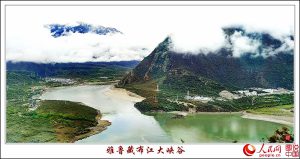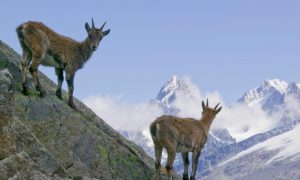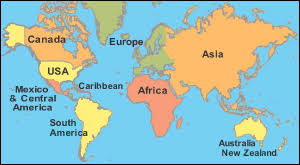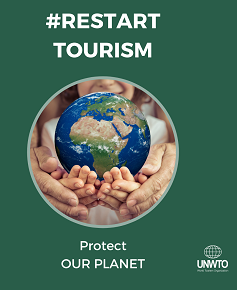Global warming threatens more deadly Everest-like avalanches
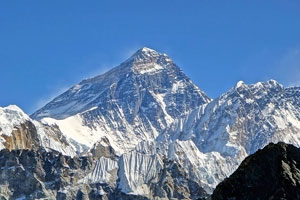
Kathmandu – Mountaineering tourism in Nepal faces a threat from global warming as melting glaciers feed the risk of more deadly disasters such as the avalanche on Mount Everest that killed 16 people last month, scientists said .
More than 2,000 foreign mountaineers flock to the Himalayan nation sandwiched between India and China each year, mainly to climb the world’s highest mountain, generating revenue of $3.4 million in permit fees for the impoverished country.
Rising global temperatures have shrunk the total area of Nepal’s glaciers by almost a quarter between 1977 and 2010, with an average of 38 square kilometers vanishing every year, the International Center for Integrated Mountain Development (ICIMOD), based in the Nepali capital, says in a report.
Besides bringing harsher and more frequent floods, avalanches and landslides affecting millions of people living in remote mountain villages, such changes could also hit adventure-seeking trekkers, the report’s lead author says.
“The frequency of avalanches like the one that struck at the Everest base camp last month may increase due to global warming,” Samjwal Bajracharya, lead author of the report, told the Thomson Reuters Foundation.
The April 18 avalanche, in which ice and snow swept away 16 Nepali sherpa guides, was the deadliest disaster on the 8,850-meter Mount Everest and shocked the global mountaineering community.
It was not the only disaster that could be linked to melting glaciers and the impact of climate change.
In May 2012, more than 60 people, three Ukrainian tourists among them, were killed in the popular Mount Annapurna region in western Nepal after flash floods triggered by an avalanche washed away Nepali homes.
Ten people, including nine European climbers, were also killed that year when avalanches swept away their camps on the world’s eighth tallest peak, Mount Manaslu, in central Nepal.
In its report, published last week, ICIMOD said Nepal’s total glacier area is decreasing fast, with individual glaciers “shrinking, retreating, and fragmenting.”
In 2011, ICIMOD said melting glaciers in the Hindu Kush-Himalayan region threatened millions of mountain-dwellers, as well as more than one billion people living in the basins of the 10 major Asian rivers that originate there.
The melt is forming lakes at the base of glaciers, which can subsequently burst their banks as temperatures continue to rise threatening to inundate people living downstream, it added.
The changes are linked with rising temperatures tied to climate change, said the report, with temperatures having risen 0.74°C (1.3°F) over the past century.
Nepal’s average temperature change was two to eight times higher than the global average, it added.
The scale of the melt was alarming, said Rishi Ram Sharma, chief of Nepal’s Department of Hydrology and Meteorology, which jointly prepared the report.
“It will definitely have adverse effects in different sectors of the economy,” said Mr. Sharma, naming agriculture, tourism, power generation, irrigation and drinking water as the sectors most affected.
Nepal needs to further study the impact of temperature rise on its glaciers so as to shape its adaptation plans, he said.
Critics slammed the United Nations Intergovernmental Panel on Climate Change (IPCC) in 2010 after it said it had exaggerated forecasts and incorrectly projected in 2007 that Himalayan glaciers might vanish by 2035.
Since then the IPCC has been far more cautious.
In March it said Himalayan ice would range from a gain of 2% to a loss of 29% by 2035. “It is virtually certain that these projections are more reliable than an earlier erroneous assessment,” it said. Source : REUTERS May , 2014



